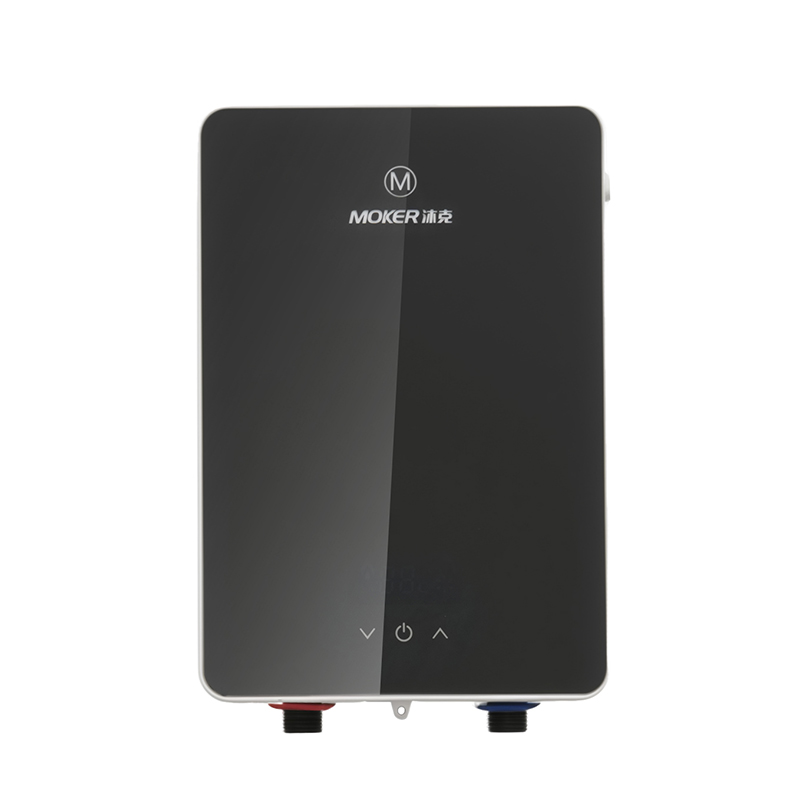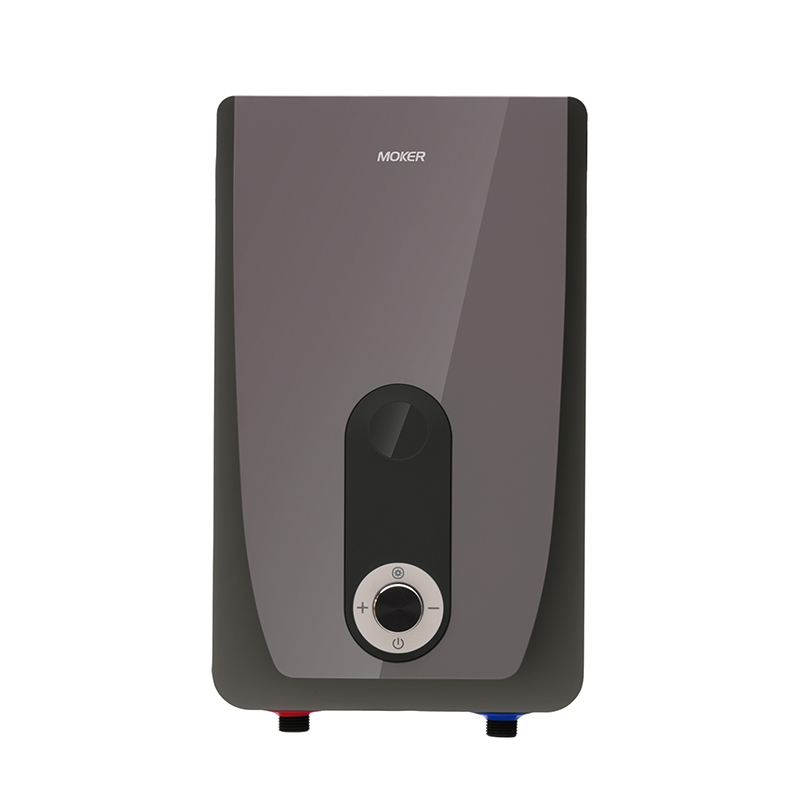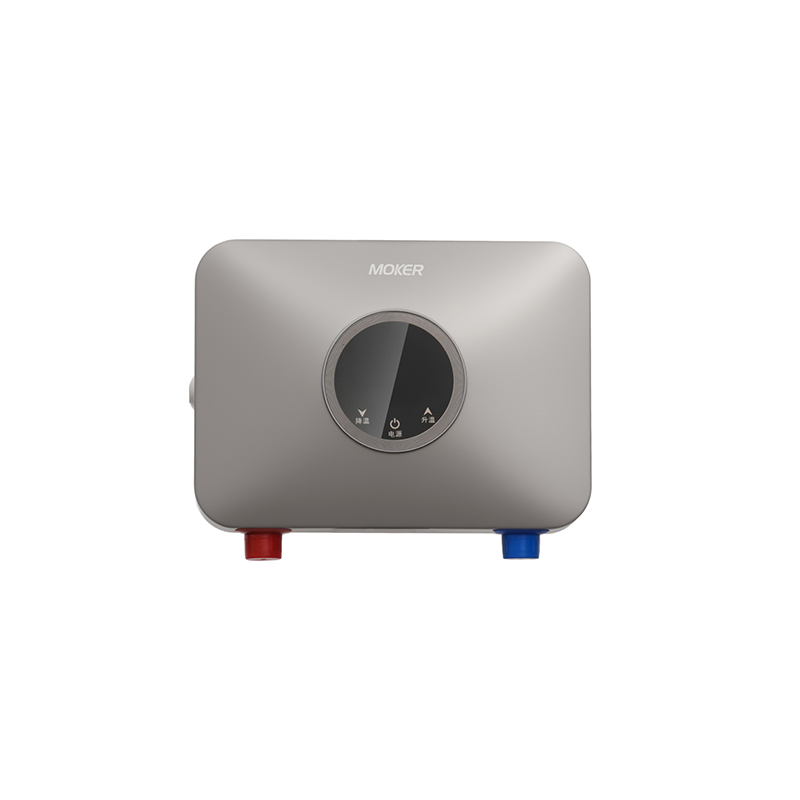Troubleshooting and Common Problem-Solving Methods for Different Water Heaters
Troubleshooting and common problem-solving methods refer to the steps to identify and fix frequent issues that water heater may encounter during use, such as no hot water output, unstable water temperature, or water leakage. Mastering these methods helps users avoid unnecessary repair costs and ensure continuous hot water supply. Electric water heater, Tankless Water Heater, Instant water heater, electric tankless water heater, and instantaneous water heater electric each have distinct fault characteristics and solutions, determined by their heating structures and component designs.
Electric water heater often faces three common issues: no hot water, insufficient hot water, and tank leakage. For “no hot water” fault, first check if Electric water heater’s power switch is turned on and if the circuit breaker is tripped—reset the breaker if tripped, and replace a faulty power switch. If power is normal, inspect Electric water heater’s heating elements (via access panels on the tank) for corrosion or burnout; replace damaged elements with matching wattage (1500–5500W) ones. For “insufficient hot water”, adjust the thermostat (located on the tank) from 120°F to 130°F (do not exceed 140°F to avoid scalding), and clean the sediment at the tank bottom by draining 10–20 gallons of water through the drain valve—sediment buildup reduces heating efficiency. For “tank leakage”, if leaks come from pipe joints, tighten the connections or replace gaskets; if leaks come from the tank itself, Electric water heater needs full replacement, as tank cracks cannot be repaired.
Tankless Water Heater (gas and electric variants) mainly has issues like no hot water, fluctuating water temperature, and exhaust blockages. For gas Tankless Water Heater’s “no hot water”, check if the gas valve is fully open and if the gas supply is normal (e.g., gas tank not empty for LPG models); if gas is sufficient, inspect the ignition electrode for dirt—clean it with a dry cloth to restore ignition. For electric Tankless Water Heater’s “no hot water”, verify the dedicated circuit breaker (50–60 amp) and reset it if tripped, then check the heating modules for overload damage—replace faulty modules with manufacturer-approved parts. For “fluctuating water temperature” in both variants, clean the water flow sensor (clogged by sediment) with a soft brush, and ensure the water pressure is stable (30–80 psi); install a pressure regulator if pressure is too high or too low. For “exhaust blockages” in gas Tankless Water Heater, clear debris from the vent pipe with a long brush, and check if the vent cap is damaged—replace a broken cap to prevent rainwater from entering.
Instant water heater commonly has problems like lukewarm water, power failure, and small water flow. For “lukewarm water”, check if Instant water heater’s thermostat is set too low (adjust to 120–125°F) and if the heating chamber is scaled—descale it with a 5% vinegar solution (fill the chamber, soak for 30 minutes, then rinse) to remove mineral deposits. For “power failure”, inspect Instant water heater’s plug and socket for loose connections or damage; replace a faulty plug, and ensure the socket has a GFCI (Ground Fault Circuit Interrupter) to prevent electrical hazards. For “small water flow”, clean the inlet filter (located at the water inlet) with water—sediment in the filter restricts water intake; replace the filter if it is torn or heavily clogged.
electric tankless water heater often encounters issues like delayed hot water, overheating shutdown, and strange noises. For “delayed hot water”, check if the installation distance from electric tankless water heater to the faucet is too long (ideal distance is within 3 meters)—install a recirculation pump if distance exceeds 5 meters to reduce waiting time. For “overheating shutdown”, inspect the temperature sensor (mounted on the heat exchanger) for misalignment—reposition it to make full contact with the exchanger, and clean the exchanger with a descaling agent if scaled; reset the overheat protection button after fixing. For “strange noises” (e.g., popping or gurgling), check if the water pressure is too low (below 30 psi)—install a booster pump to increase pressure, and ensure the inlet valve is fully open to avoid air entering the system.
instantaneous water heater electric mainly has faults like no hot water, water leakage from the micro-chamber, and unstable power. For “no hot water”, check if instantaneous water heater electric’s micro-coil is burned out—test it with a multimeter (resistance should be 10–20 ohms); replace the coil if resistance is 0 or infinite. For “water leakage from the micro-chamber”, inspect the chamber’s seals for wear—replace the seals with silicone gaskets (matching the chamber size) to stop leaks; do not use the unit if the chamber is cracked, as it may cause electrical short circuits. For “unstable power”, ensure instantaneous water heater electric is connected to a dedicated 10–15 amp socket (not shared with other high-power devices); use a voltage stabilizer if the power supply fluctuates frequently (voltage range should be 200–240V for 220V models).
Troubleshooting effectiveness depends on understanding water heater’s structure: Electric water heater focuses on power and tank components; Tankless Water Heater targets gas/electric supply and vents; Instant water heater checks thermostat and filters; electric tankless water heater verifies sensors and pressure; instantaneous water heater electric inspects micro-coils and seals. Timely troubleshooting not only extends water heater’s service life but also ensures safe and reliable operation.





